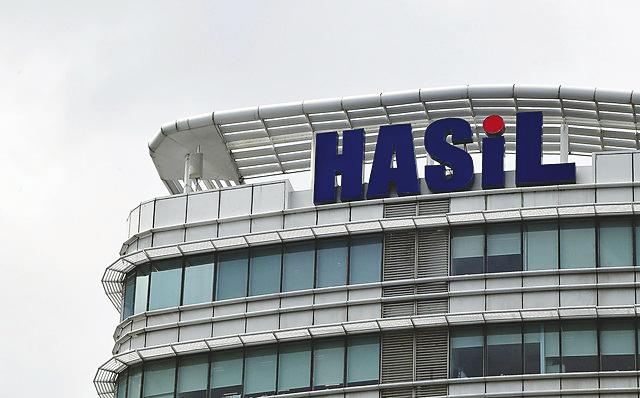TRANSFER pricing is triggered when there are transactions between associated persons or related parties, one of whom has control over the other or both are under the control of a third party, or transactions between relatives. This will include all groups with more than two companies and transactions between the shareholders and the companies. All transactions between independent third parties fall outside the ambit of transfer pricing.
Once you are caught within the transfer pricing net, the Inland Revenue Board (IRB) will start from the position that the transactions between related parties have not been undertaken at open market conditions on the assumption that one party has influence over the other party and therefore the caveat emptor (i.e. buyers beware) principle is not exercised.
Taxpayer starts from a position that he is guilty, and he has to prove his innocence by showing that the transactions between the related parties have been conducted in a manner that is comparable to what would have been undertaken between independent third parties in similar circumstances.
Fine and surcharge
From January 2021, any business enterprise that is caught within the ambit of transfer pricing that fails to prepare transfer pricing documentation will be subject to a fine of not less than RM20,000 but not more than RM100,000, and any adjustment made by the IRB on the transfer prices will be subject to a 5% surcharge on the gross adjustment. Although the IRB officials have unofficially indicated that they are unlikely to impose such penalties on the micro-SMEs and possibly the SMEs, unfortunately until the law is amended, there are no exceptions.
Transfer pricing documentation is essential
The principal aim of transfer pricing documentation is to document the details of the transaction and the manner in which the taxpayer has set his transfer prices. In the course of preparing the documentation, it is extremely important to show that the steps undertaken by the taxpayer and the information gathered both internally and externally to prove that the transfer prices have been set on a basis that is comparable to what independent parties would have done in the open marketplace.
Ultimately, the taxpayer has to prove that the process of setting the transfer prices has replicated what happens in an open market situation to meet the concept of arm’s length principle. In simple terms, IRB wants you to prove that related parties have undertaken the transaction in a similar manner in that would have been undertaken in the open market between entirely independent people.
A good set of documentation will help you reduce the risk of any audit adjustments or disputes with IRB and help you mitigate any exposure to penalties. If the matter goes to court, such documentation will be an immense help to the taxpayer to defend his position.
Any taxpayer caught within the transfer pricing regime without transfer pricing documentation is exposed to transfer pricing adjustments, fines, surcharges and possibly penalties.
Time to prepare your own documentation
Preparing and updating your transfer pricing documentation is an annual affair. When you prepare the transfer pricing documentation for the first time, it may be helpful to get the assistance of tax consultants to guide you through the intricacies of the transfer pricing legal requirements.
In the long run, it is best that the taxpayers take over this responsibility as the legal provisions in the area of transfer pricing with respect to transfer pricing documentation does not change significantly from year to year. It is advisable for taxpayers to understand the mechanics of preparing transfer pricing documentation and to do it themselves. Ultimately, no one can be better than the taxpayer to prove that his transactions meet the arm’s length test.
This article was contributed by Thannees Tax Consulting Services Sdn Bhd managing director SM Thanneermalai.









